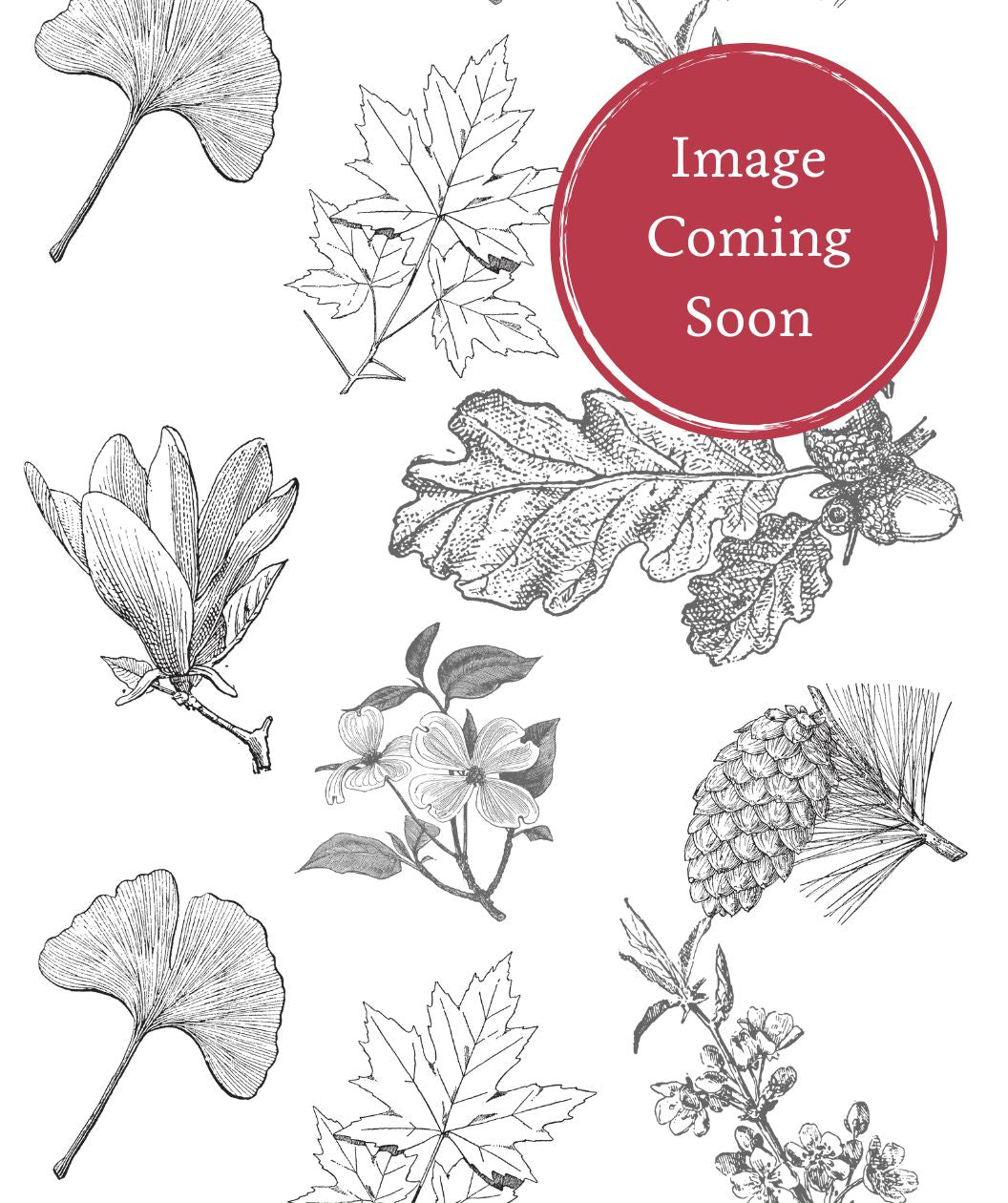A small native tree with delicate blooms, summer berries, and brilliant fall color
FEATURES:
- Early spring clusters of fragrant white flowers attract pollinators
- Glossy green foliage in summer transforms to fiery red and orange in fall
- Produces edible, dark purple berries that attract birds and wildlife
- Compact size ideal for smaller landscapes or as a focal point
- Low-maintenance, adaptable, and disease resistant
- Provides four-season interest with flowers, fruit, foliage, and structure
- Ships on our trucks because of the size of the tree – does not fit in a box
Bower & Branch Landscape Design Tip
Pair with early spring bulbs or flowering perennials beneath its canopy to extend seasonal color and highlight its delicate spring blooms. Consider planting near bird feeders or water features to take advantage of its wildlife value.
Growth Facts
- Hardiness Zone: 4-8
- Mature Height: 20-30'
- Mature Width: 15-20'
- Exposure: Part Sun to Shade
- Spacing: 10-15' apart
A small native tree with delicate blooms, summer berries, and brilliant fall color
FEATURES:
- Early spring clusters of fragrant white flowers attract pollinators
- Glossy green foliage in summer transforms to fiery red and orange in fall
- Produces edible, dark purple berries that attract birds and wildlife
- Compact size ideal for smaller landscapes or as a focal point
- Low-maintenance, adaptable, and disease resistant
- Provides four-season interest with flowers, fruit, foliage, and structure
- Ships on our trucks because of the size of the tree – does not fit in a box
Bower & Branch Landscape Design Tip
Pair with early spring bulbs or flowering perennials beneath its canopy to extend seasonal color and highlight its delicate spring blooms. Consider planting near bird feeders or water features to take advantage of its wildlife value.
Growth Facts
- Hardiness Zone: 4-8
- Mature Height: 20-30'
- Mature Width: 15-20'
- Exposure: Part Sun to Shade
- Spacing: 10-15' apart
Why plant Spring Flurry Serviceberry?
The Spring Flurry® Allegheny Serviceberry will give you something to celebrate in every season. In early spring, you’ll look forward to its pretty, lacy white blossoms, which indicate that winter is behind us and warmer days lie ahead. In summer, you’ll smile as the songbirds swoop in to nab its juicy purple fruits. In fall, you’ll gaze at the warm red-orange glow of its autumn foliage. And in winter, with its limbs laid bare, you’ll appreciate its smooth gray bark. Plant Spring Flurry® Serviceberry by your front walk, in your entryway garden, or in any high-traffic area where you need something that looks good every day of the year. Serviceberries are delightful little trees that are native to nearly every state of the Union (sorry, Hawaii). They light up wild spaces with their flowers and fall color and provide important nourishment to wildlife. Spring Flurry® Allegheny Serviceberry was introduced by Keith Warren of J. Frank Schmidt Nursery of Boring, Oregon. He was looking for a tree that was faster growing, more upright, and narrower than was typical for the species. In 1990, Warren examined over one thousand seedlings to find the one that was the tallest and straightest of the bunch. He patented the tree in 2003.
How to use Spring Flurry Serviceberry in the landscape?
The birds are fond of the sweet berries of Spring Flurry® Serviceberry, but you may want to keep the fruits for yourself. They taste a little like blueberries, and like blueberries, they’re packed with healthy antioxidants. Try them on your morning cereal or use them in pies, pancakes, preserves, muffins, or smoothies.
How To Plant Spring Flurry Serviceberry
Fall color on the Spring Flurry® Serviceberry will be most intense in full sun, but the foliage quality will be best if the tree receives some shade during the hottest part of the day. The soil should be enriched with organic matter, moist but well drained. A generous layer of wood chips or shredded bark mulch will help to hold in moisture and moderate temperatures in the root zone. Irrigate with the Bower & Branch Elements™ Watering System and feed with Elements™ Fertilizer to get your tree off to a good start. Prune out suckers promptly if they do appear and keep trimmers and other lawn equipment away from the trunk, as the bark of Spring Flurry®—like all Serviceberries—is thin and vulnerable to damage.
Frequently Asked Questions
It blooms in early spring, usually before the leaves appear, producing clusters of fragrant white flowers that attract pollinators.
Yes, it produces small edible dark purple berries in summer that attract birds and can also be harvested for human consumption.
Plant in full sun to partial shade with well-drained soil. Water regularly during establishment and prune only to remove dead or damaged branches after flowering.





